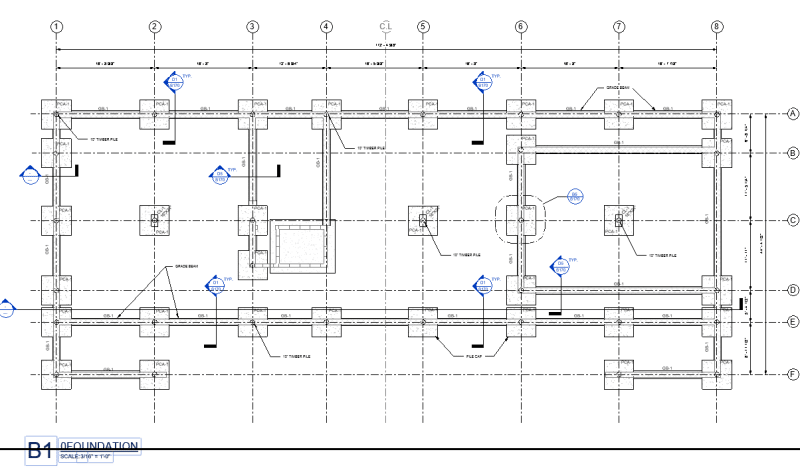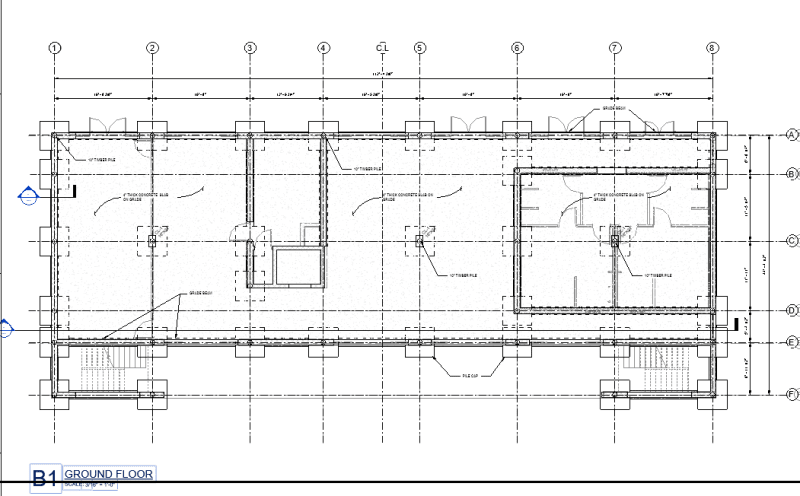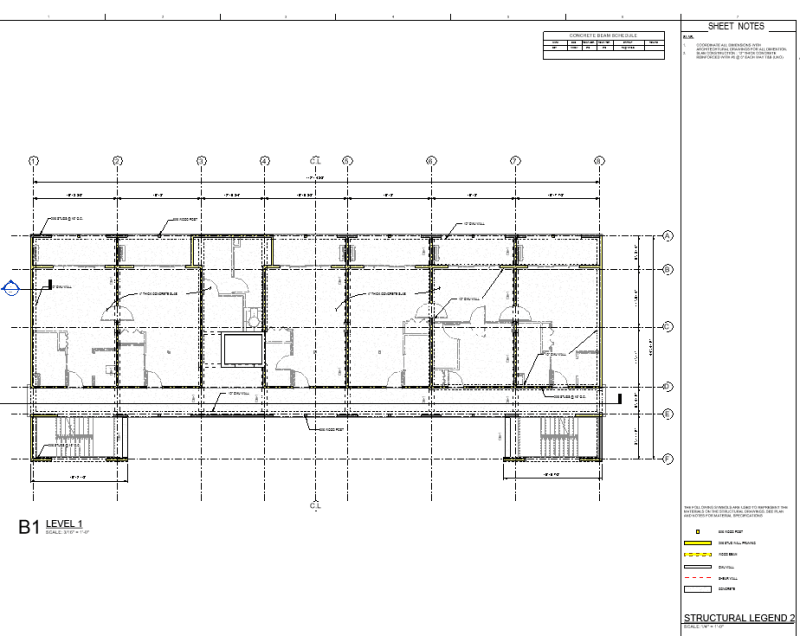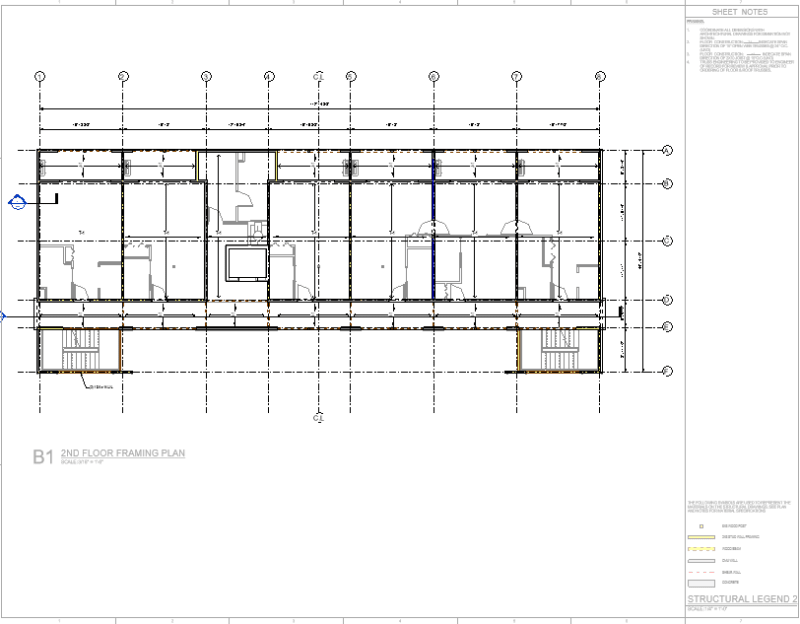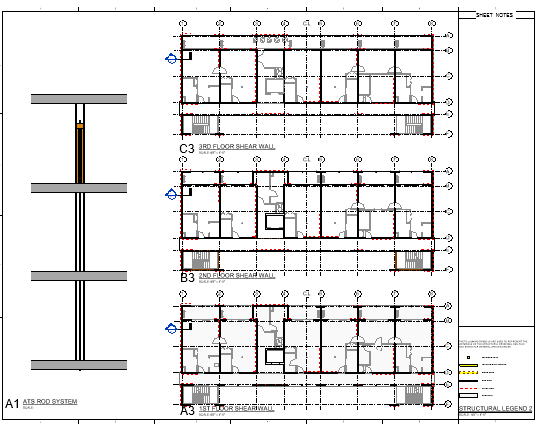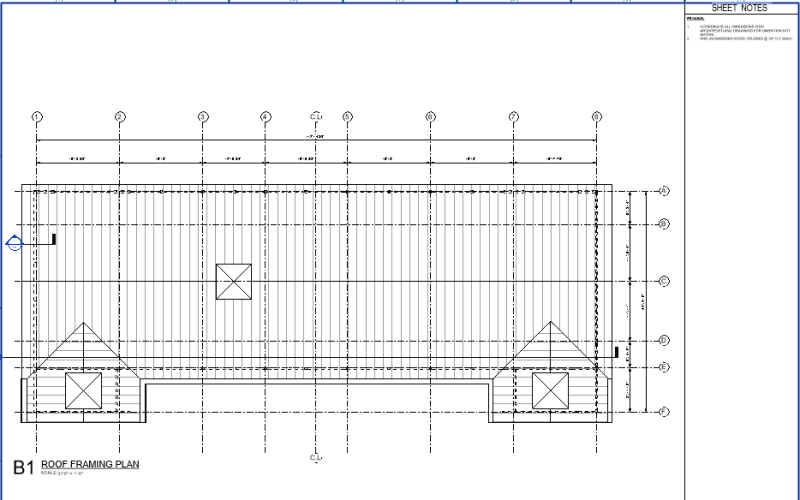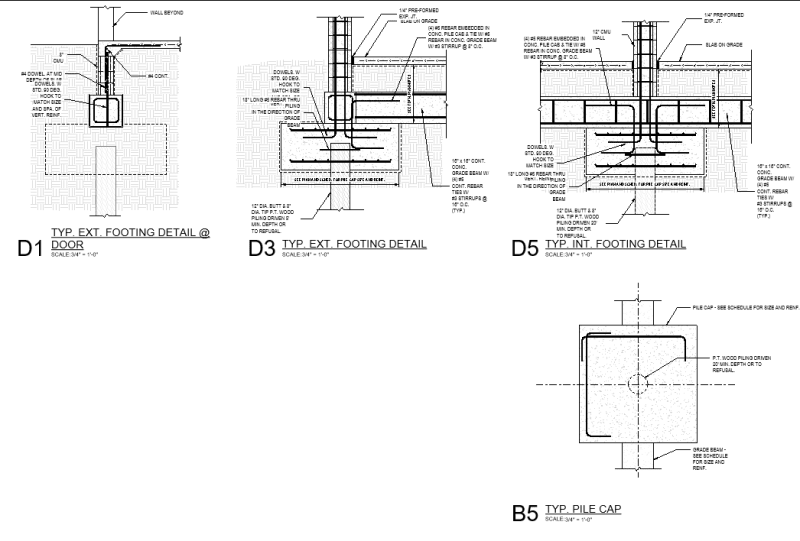MHAGGAG85
Structural
- Aug 5, 2019
- 8
Hi,
I am a structural engineer used to work in Egypt just moved to USA I used to work with concrete so my experience is limited with the wood framing and I am working on a 4 story hotel building with a concrete podium and 3 wood framing stories.
I have a problem with determining the loads especially the dead load, for Live load its according to with ASCE 7.
Now for Dead Load for floor framing for example its the own weight for the floor so if I have a 16" deep floor truss spaced @ 24" OC do I have to figure out that to get the dead load in psf for that floor framing or there are tables for that assembly that could tell me the dead load for that kind of structure also what other types of dead load I have to consider. the common practice we do in Egypt is adding a distribution load on the floor for example, the finishing and partitions walls are there is any tables or rule of thumb for the other dead loads aside of their own weight for the element
I am a structural engineer used to work in Egypt just moved to USA I used to work with concrete so my experience is limited with the wood framing and I am working on a 4 story hotel building with a concrete podium and 3 wood framing stories.
I have a problem with determining the loads especially the dead load, for Live load its according to with ASCE 7.
Now for Dead Load for floor framing for example its the own weight for the floor so if I have a 16" deep floor truss spaced @ 24" OC do I have to figure out that to get the dead load in psf for that floor framing or there are tables for that assembly that could tell me the dead load for that kind of structure also what other types of dead load I have to consider. the common practice we do in Egypt is adding a distribution load on the floor for example, the finishing and partitions walls are there is any tables or rule of thumb for the other dead loads aside of their own weight for the element

